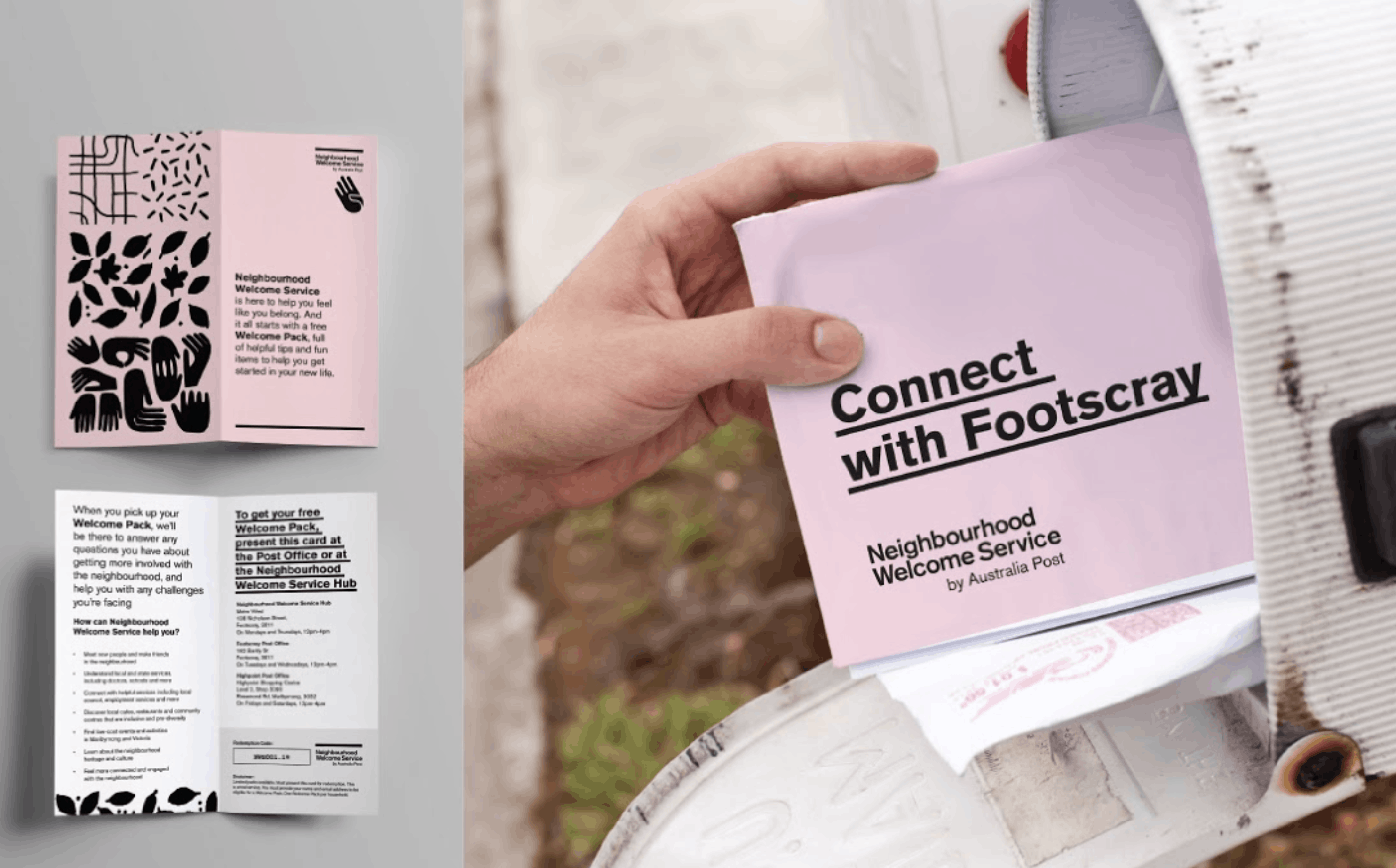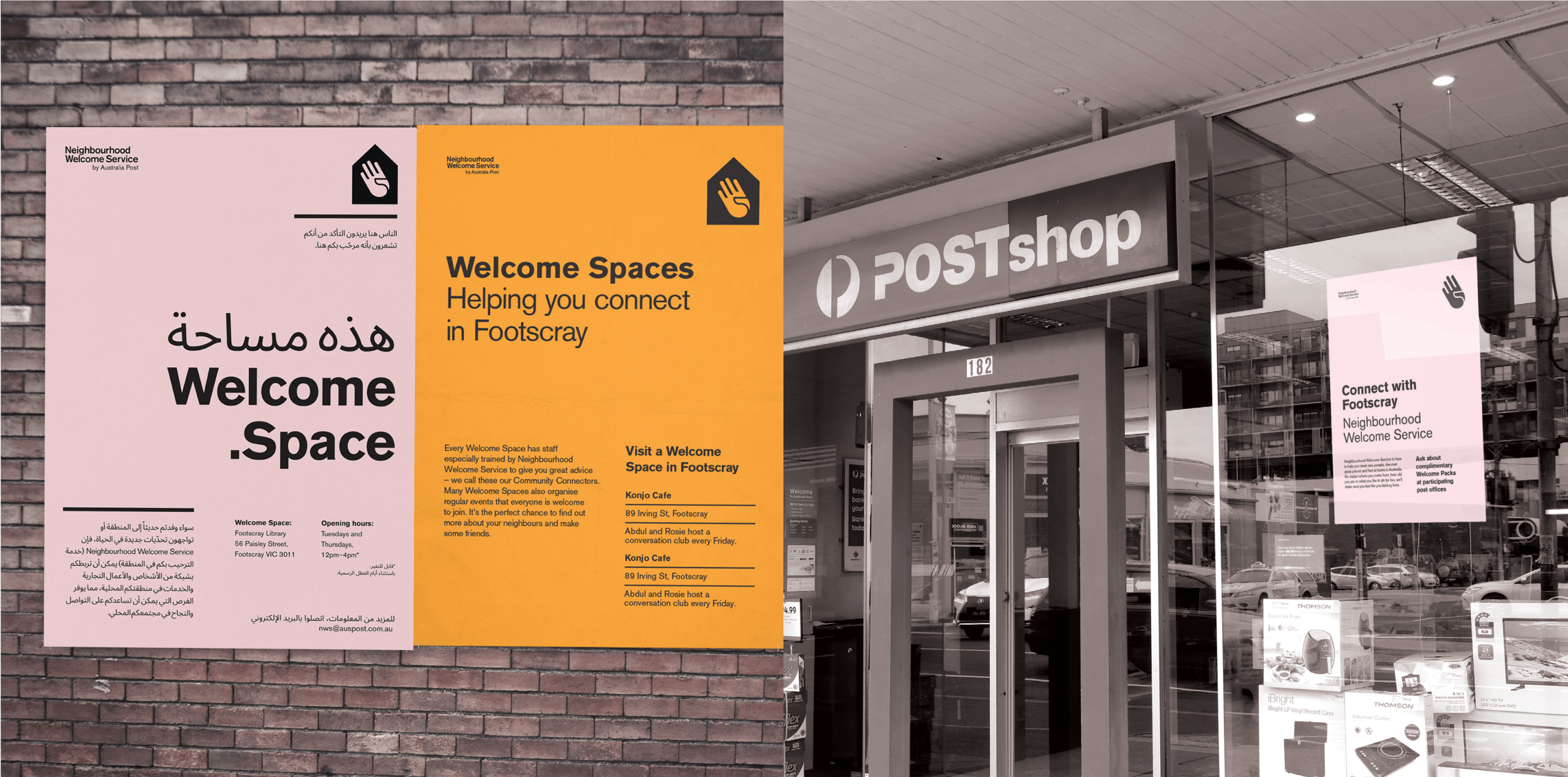A Vision, a Lab,and a New Service
A national service designed with Australia Post to address loneliness, foster belonging, and reconnect communities across the country.
As Australia’s largest retail and logistics network, with over 4,300 outlets and a presence in every community, Australia Post is uniquely positioned to do more than deliver mail. Guided by its public mandate to help build connected, inclusive, and prosperous communities, it recognised the growing national crisis of loneliness, social fragmentation, and cultural isolation as a challenge it was well placed to address. With millions of Australians experiencing disconnection, particularly migrants, older adults, and those undergoing major life changes, Australia Post chose to trial a new kind of public-facing service. The aim was to use its trusted local footprint to deliver not just information, but a genuine sense of belonging.
To bring this vision to life, CraigWalker was engaged by Australia Post’s Social Design team to co-create the Neighbourhood Welcome Service. Working from a dedicated community lab called AP Co-Lab, based in Footscray, Melbourne, the team collaborated with residents, post office staff, and local organisations to prototype and test a service designed to foster connection, increase participation, and help people feel at home in their neighbourhoods.
Learn More
The project in numbers
5.6Million Australians experience loneliness
16Community co-design sessions
1National welcome made tangible
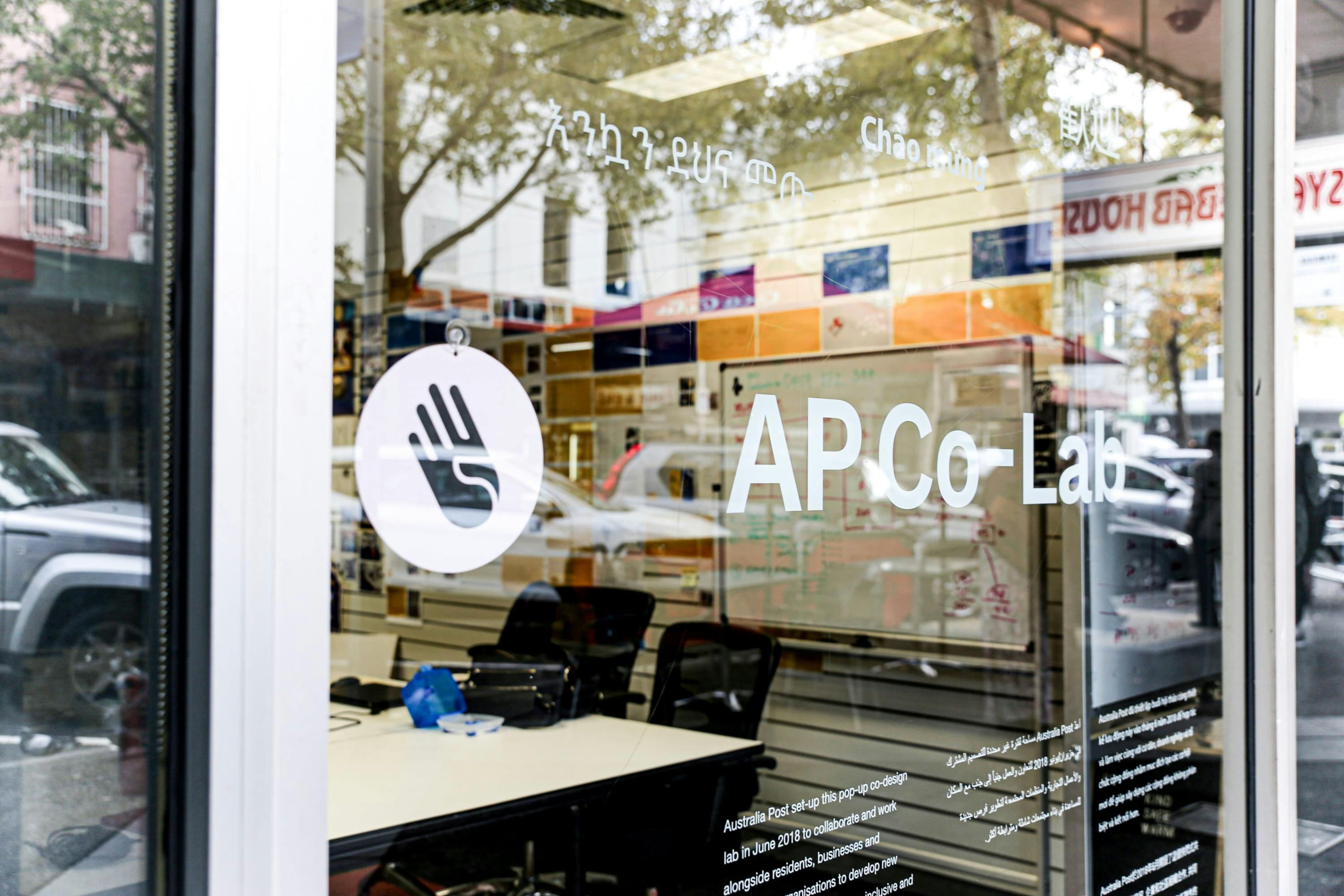
Prototyping Belonging in the Real World
To design a service that genuinely fostered belonging, CraigWalker and Australia Post took a deeply human-centred and locally grounded approach. They established AP Co-Lab, a temporary design lab embedded in the community of Footscray, Melbourne. The team became part of the area’s social fabric, gaining a deep understanding of the community’s needs and daily routines. By working alongside residents, postal workers, and local organisations day to day, they were able to co-design and prototype the service in real time and in real settings. Over the course of the project, the team conducted 16 community co-design sessions, rapidly iterated ideas, tested physical and social touchpoints, and developed a clear service blueprint grounded in lived experience. This in-situ, collaborative process ensured the service was not only inclusive by design, but truly reflective of the people it aimed to serve.
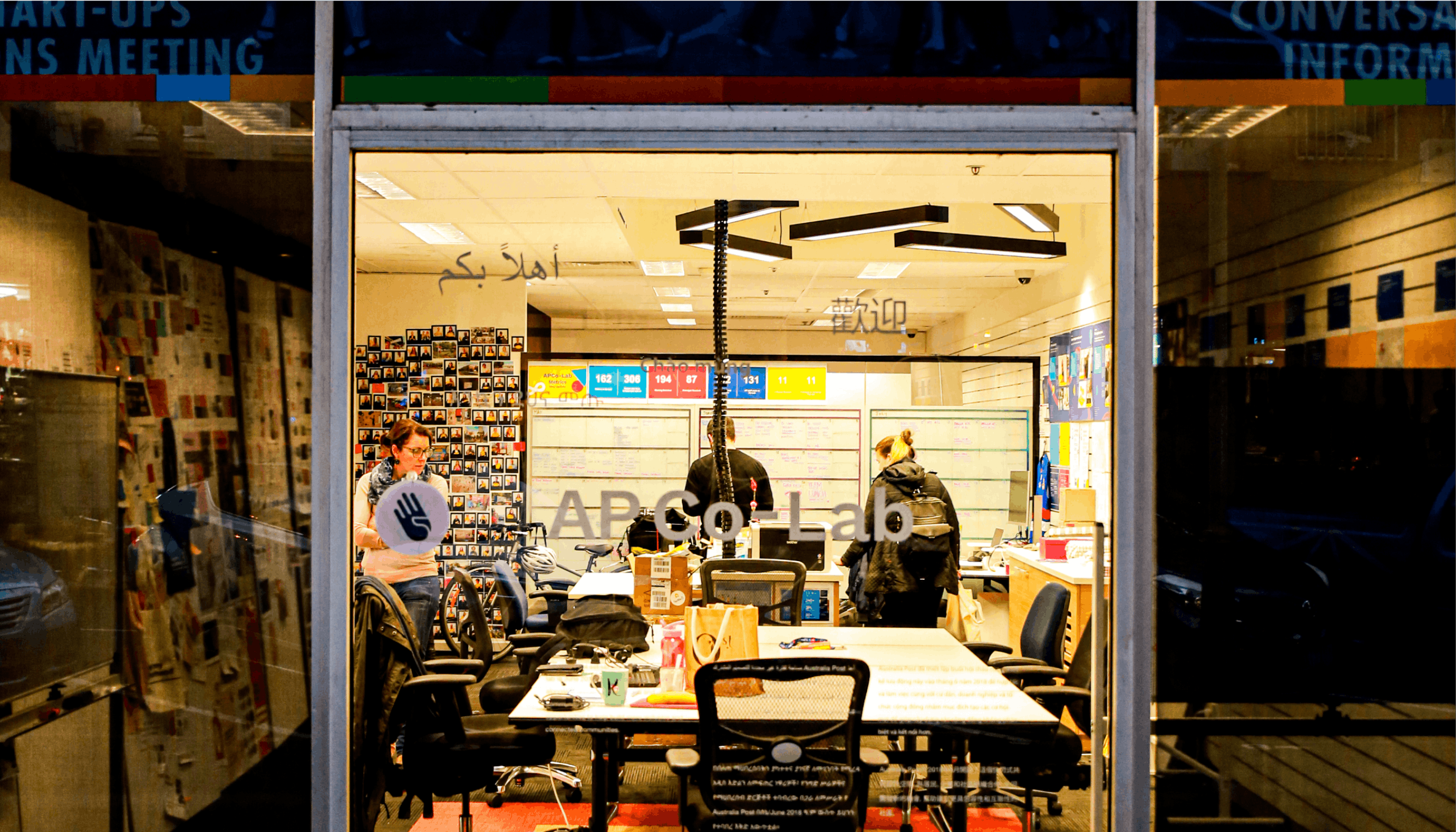
A Tangible Welcome
The Neighbourhood Welcome Service became more than a concept; it was a fully realised, community-tested initiative. The team delivered 69 designed components and activated 45 live pilot service elements, including Welcome Packs with local guides, essential information, small gifts, and community offers. These were supported by an in-store experience that positioned the post office as a trusted and welcoming entry point into the neighbourhood. The service was unified through a distinct visual identity and tone of voice, co-designed to be inclusive, multilingual, and culturally resonant. Every touchpoint, from printed collateral to signage and spatial elements, reflected a commitment to accessibility and belonging.
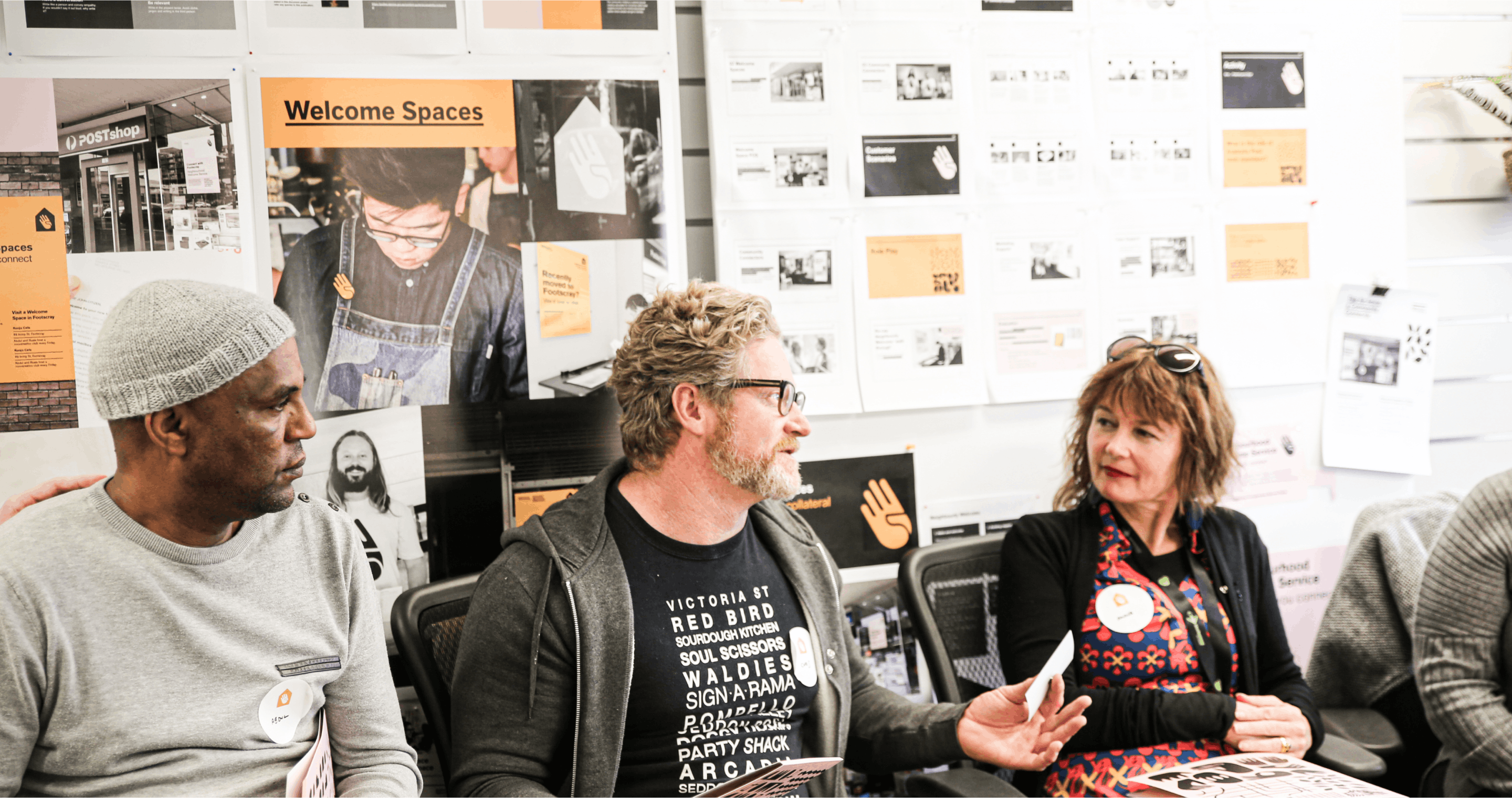
A Measurable Impact
The pilot demonstrated meaningful impact. Eighty-nine percent of participants felt more welcome, the experience was rated 9 out of 10, and the service earned a Net Promoter Score (NPS) of 8.8, a strong indicator of how likely people were to recommend the experience to others. The project also created lasting internal change. Through their involvement in AP Co-Lab, Australia Post staff gained hands-on experience in human-centred design, prototyping, and community engagement. The work not only delivered connection at scale, it also helped embed new capabilities across the organisation. Ultimately, the Neighbourhood Welcome Service created a tangible, scalable infrastructure for welcoming people into communities, delivered through digital, physical, and human touchpoints. Its approach and outcomes were recognised internationally, cited in Design for Social Innovation: Case Studies from Around the World (Routledge, 2021) as an example of public service innovation.
